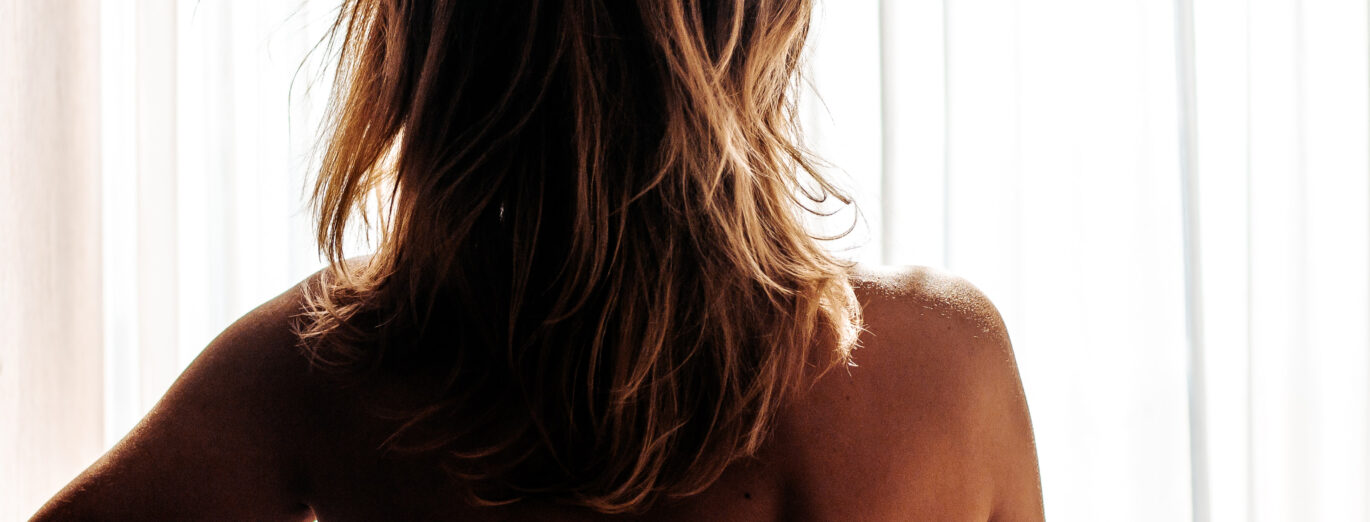Our shoulders are very complex and the most mobile joint, which means it’s constantly trying to retain stability during all its daily movement patterns. If the shoulder is to operate at its optimal capacity the muscle and tissue structures surrounding the shoulder need to be conditioned to maintain stability and range.
Shoulder and neck pain dysfunction are among the most common complaints in my professional athletes, weekend warriors and desk-bound workers. Research has now started to focus on the importance of the scapular muscles in shoulder and neck as it relates to pain dysfunction. The scapular is the shoulder’s stability base. Our scapula needs to be strong and stable if the shoulder joint is to move properly through its numerous daily ranges of movement.
“PROXIMAL STABILITY PROMOTES DISTAL MOBILITY”
There is a saying in my business, proximal stability before distal mobility. For example when you use the muscles of your hand to pickup a cup of coffee from the counter and bring it to your mouth. To do this simple action you must have a stable chain of muscles running from your core muscles to your shoulder and elbow, to the wrist. This lack of stability and strength can lead to a timing issue in terms of muscle recruitment. This becomes noticeable in a sport like golf.
Note: Understanding the biomechanical principle of “force coupling” gives new meaning to muscular balance. Force coupling or pure movement is where two or more muscles moving in different directions influence the rotation of a joint in a specific direction.
As I have pointed out, the scapula is one of the least predictable joints in the body. There is no bony articulation between the scapula and the thorax. This is why the scapula can move so easily, essentially it is a free-floating bone that can move into protraction/retraction, elevation/depression, anterior tilt/posterior tilt, internal/external rotation, and upward/downward rotation. We cannot change the structure of this joint, however, we can improve scapular control! Scapula position is almost fully determined by the pulling of muscle groups that attach to the scapula. The scapula is the core of the upper body, this is where the force comes in through and gets distributed out of.
The shoulder is used during virtually all upper extremity motion. The scapula aka (the shoulder blade) is considered the base of the shoulder complex. A lack of scapula stability has been blamed as the cause of shoulder pain. Is instability a good predictor of future pain? A review shows little to no correlation between movements described to be dysfunctional and shoulder pathology. It seems to be there is no “normal” movement of the shoulder, deviations are simply part of human. There are a lot of variables when it comes to improving scapular control. It first starts with body awareness and understanding what muscles contribute to scapula control and scapular position. With this knowledge, you can begin to work on your scapular control by challenging yourself to explore different movements and different exercises while intentionally being mindful of your scapula position during variations in movement patterns.
REFERENCES
- Cools AMJ, Struyf F, De Mey K, Maenhout A, Castelein B, Cagnie B. Rehabilitation of scapular dyskinesis: from the office worker to the elite overhead athlete. Br J Sports Med. 2014;48(8):692–697.
- Page, P. (2011). Shoulder Muscle Imbalance and Subacromial Impingement Syndrome in Overhead Athletes. International Journal of Sports Physical Therapy, 6(1), 51-58.
- Fongemie, A., Buss, D., & Rolnick, S. (1998). Management of Shoulder Impingement Syndrome and Rotator Cuff Tears. Journal of American Family Physician, 15(57), 4th ser., 667-674.
- Castelein B, Cools A, Bostyn E, Delemarre J, Lemahieu T, Cagnie B. Analysis of scapular muscle EMG activity in patients with idiopathic neck pain: A systematic review. J Electromyogr Kinesiol. 2015;25(2):371–386.
- Maenhout A, Benzoor M, Werin M, Cools A. Scapular muscle activity in a variety of plyometric exercises. J Electromyogr Kinesiol. 2016;27:39–45.
- Cools AM, Dewitte V, Lanszweert F, et al. Rehabilitation of Scapular Muscle Balance: Which Exercises to Prescribe? Am J Sports Med. 2007;35(10):1744–1751.

